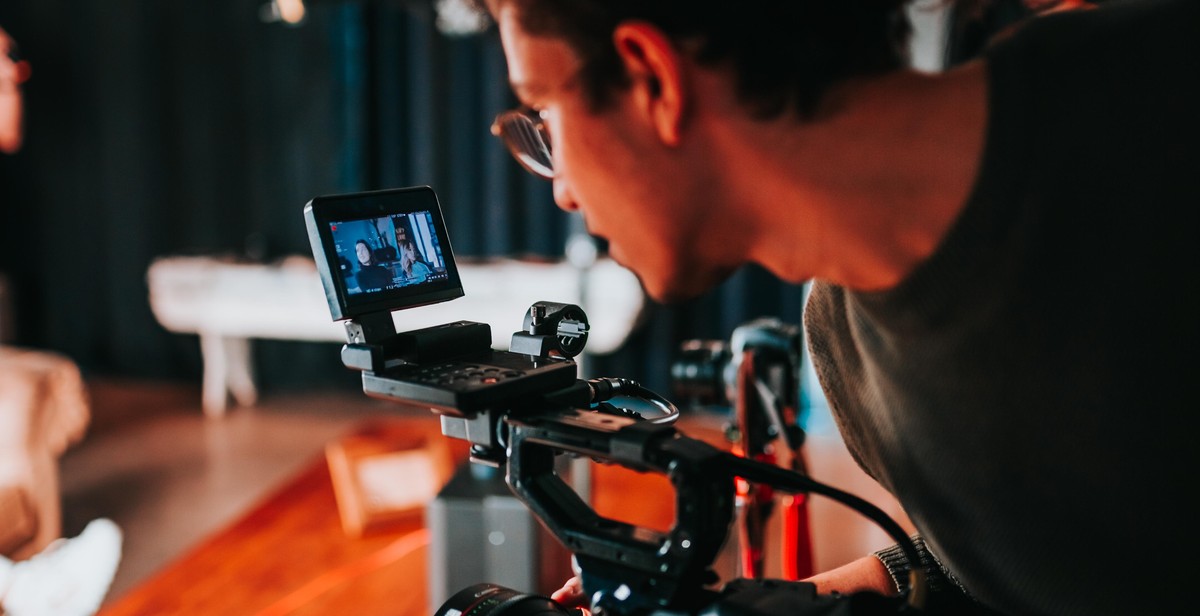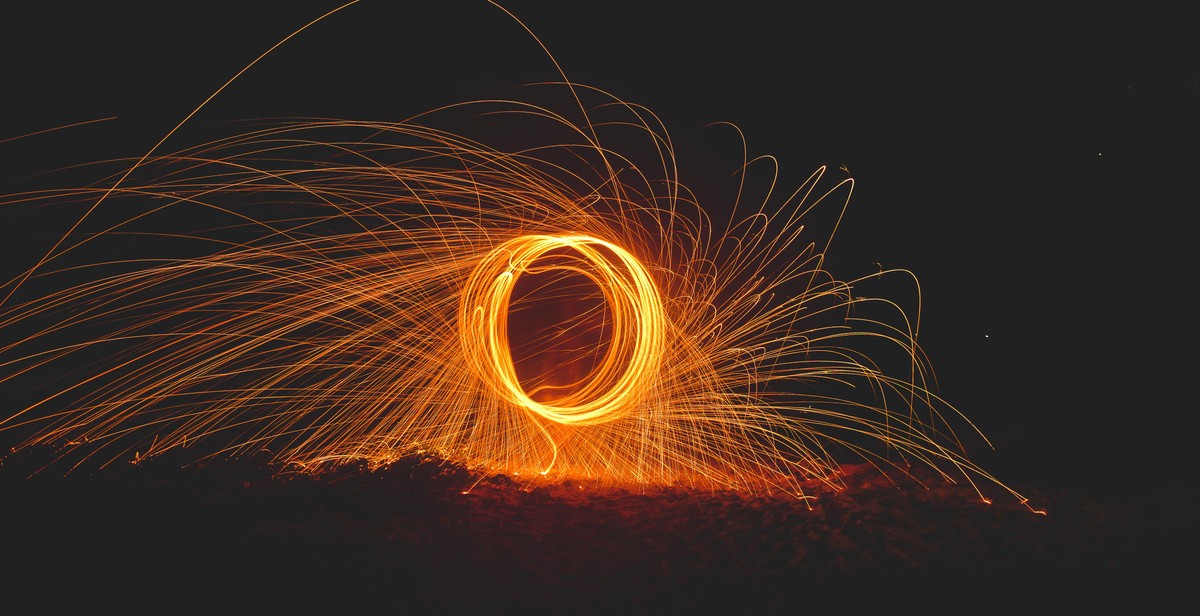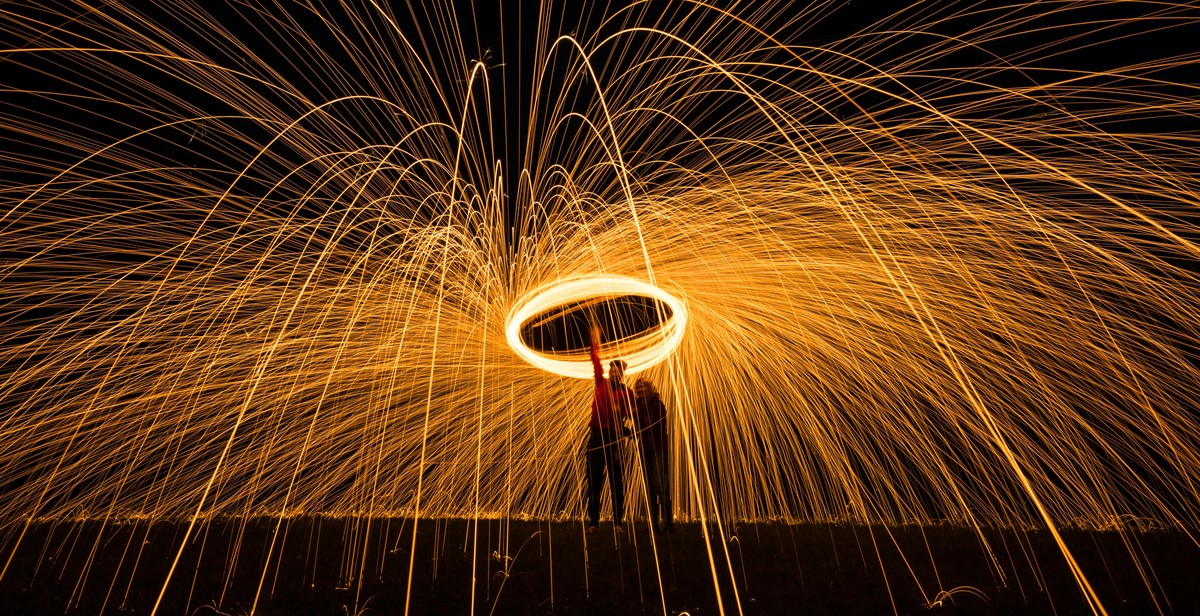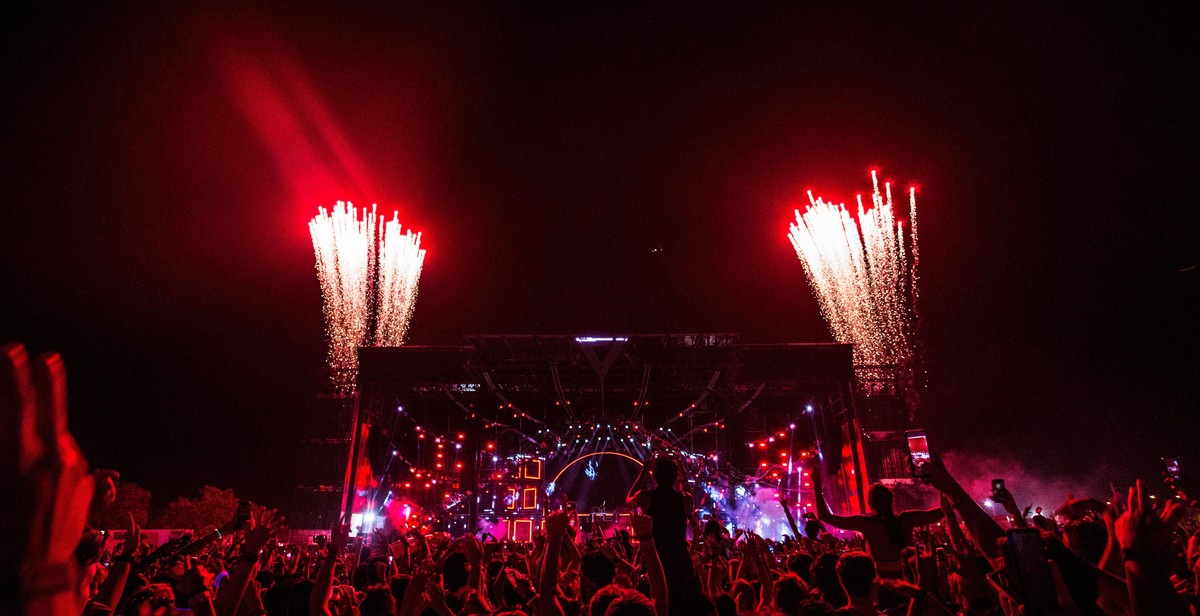How to Capture Nighttime Fireworks Photography: Preserving Spectacular Moments
Fireworks photography is one of the most challenging and rewarding types of photography. It requires a great deal of skill and patience to capture the beauty of fireworks as they light up the night sky. The challenge lies in the fact that fireworks are unpredictable and move quickly, making it difficult to capture the perfect shot. However, with the right equipment and techniques, anyone can capture stunning fireworks photos.
Why Fireworks Photography is Challenging
There are several reasons why fireworks photography is so challenging. Firstly, fireworks are only visible for a short period of time, which means you need to be ready to capture the shot at a moment’s notice. Secondly, fireworks are constantly moving and changing, which makes it difficult to focus on them. Thirdly, fireworks are usually set off at night, which means you need to have a good understanding of how to use your camera in low light conditions.
Despite these challenges, capturing fireworks photography can be a lot of fun and incredibly rewarding. With the right equipment and techniques, you can capture stunning images that will preserve the spectacular moments of your fireworks experience.

Equipment Needed
Before you set out to capture stunning nighttime fireworks photography, it is essential to have the right equipment. Here are the three main things you need:
1. Camera
You need a camera that can handle long exposures and low light conditions. A DSLR or a mirrorless camera is the best option. These cameras allow you to adjust the aperture, shutter speed, and ISO to get the perfect exposure. It is recommended to use a full-frame camera, but a crop sensor camera can also do the job. Make sure to bring a fully charged battery and enough memory cards to capture all the shots you want.
2. Tripod
A sturdy tripod is a must-have for nighttime photography. It keeps your camera steady during long exposures and prevents camera shake. Choose a tripod that can hold the weight of your camera and lens and is easy to set up and adjust. It is also recommended to use a tripod with a hook on the center column to add extra weight for stability.
3. Remote Shutter Release
A remote shutter release allows you to trigger the camera without touching it. This prevents camera shake and ensures sharp images. You can use a wired or wireless remote shutter release. Make sure to test it before the fireworks show to ensure it is working correctly.
With these three essential pieces of equipment, you are ready to capture breathtaking fireworks photos at night.

Camera Settings
When it comes to capturing nighttime fireworks photography, it’s important to have the right camera settings in place to ensure you preserve those spectacular moments. Here are the four key settings you need to consider:
Manual Mode
Using manual mode gives you complete control over your camera’s settings, allowing you to adjust them to suit the lighting conditions of the fireworks display. This is the best mode to use for nighttime photography, as it allows you to fine-tune your settings for the best possible results.
ISO
The ISO setting determines how sensitive your camera is to light. For nighttime fireworks photography, you’ll want to use a high ISO setting, such as 800 or 1600, to capture the bright bursts of light. However, be careful not to set it too high, as this can result in grainy, noisy images.
Aperture
The aperture setting controls how much light enters your camera. For fireworks photography, you’ll want to use a wide aperture, such as f/2.8 or f/4, to capture as much light as possible. This will also help to create a shallow depth of field, which can add to the overall effect of your photos.
Shutter Speed
The shutter speed setting determines how long your camera’s shutter stays open. For fireworks photography, you’ll want to use a slow shutter speed, such as 2 or 3 seconds, to capture the trails of light left by the fireworks. However, be careful not to set it too slow, as this can result in overexposed images.
| Setting | Recommendation |
|---|---|
| Manual Mode | Use |
| ISO | High (800-1600) |
| Aperture | Wide (f/2.8-f/4) |
| Shutter Speed | Slow (2-3 seconds) |

Composition
Composition is an essential element to consider when capturing nighttime fireworks photography. It involves finding the right spot and framing the shot to create a visually appealing image.
Finding the Right Spot
When looking for the perfect spot to capture fireworks, there are a few factors to consider. First, you want to find a location that offers an unobstructed view of the sky. This could be a rooftop, hilltop, or even a clear area in a park. You also want to consider the direction of the fireworks. If you know the general area where the fireworks will be launched, position yourself in a spot where you can capture them with the least amount of background distractions.
Another factor to consider is the foreground. Including a foreground element such as a building, tree, or water can add depth and interest to your photo. Experiment with different angles and positions to find the perfect foreground element.
Framing the Shot
Once you have found the right spot, it’s time to frame your shot. Start by selecting the right lens. A wide-angle lens is ideal for capturing the entire fireworks display, while a telephoto lens can help you get closer to the action and capture the details of individual fireworks.
Next, consider the rule of thirds. Imagine your photo divided into a grid of nine equal parts. The rule of thirds suggests placing the main subject of your photo at one of the intersections of these lines. This can help create a more balanced and visually appealing composition.
Finally, pay attention to the exposure. In general, a slower shutter speed and a wider aperture will allow for more light to enter the camera and create a brighter image. However, if the shutter speed is too slow, the fireworks may appear blurry. Experiment with different settings to find the right balance.
- Find an unobstructed view of the sky
- Consider the direction of the fireworks
- Include a foreground element
- Select the right lens
- Use the rule of thirds
- Adjust the exposure

Techniques for Capturing Nighttime Fireworks Photography
Fireworks photography is a challenging but rewarding genre of photography. Capturing the beauty and spectacle of nighttime fireworks can be a tricky task, but with the right techniques, you can preserve these spectacular moments forever. Here are some essential techniques for capturing nighttime fireworks photography:
Bulb Mode
Bulb mode is a camera setting that allows you to keep the shutter open for as long as you like. This mode is perfect for capturing fireworks because it allows you to control the exposure time and capture multiple bursts of fireworks in one shot. To use bulb mode, set your camera to manual mode and select the bulb setting. Then, use a remote shutter release to keep the shutter open for the desired amount of time.
Multiple Exposures
Multiple exposures are a great way to capture multiple bursts of fireworks in one shot. To use this technique, set your camera to multiple exposure mode and take several shots of the fireworks display. The camera will blend the shots together to create one image with multiple bursts of fireworks.
Manual Focus
Manual focus is essential for capturing fireworks because autofocus can struggle to find a subject in the dark. To use manual focus, switch your camera to manual mode and adjust the focus ring until the fireworks display is in focus. You may need to experiment with different focus settings to get the perfect shot.
By using these techniques, you can capture stunning nighttime fireworks photography that will preserve these spectacular moments forever.

Post-Processing
Post-processing is an essential step in capturing stunning nighttime fireworks photography. Here are some tips on how to perfect your shots using RAW format, adjusting exposure, and cropping.
RAW Format
Shooting in RAW format allows you to have greater control over your image in post-processing. RAW files retain all the data captured by your camera, giving you more flexibility to adjust the exposure, color, and white balance without losing image quality.
Adjusting Exposure
Fireworks can be tricky to expose correctly, and sometimes your shots may be over or underexposed. In post-processing, you can adjust the exposure to bring out the details in the fireworks and the surrounding environment. Use the exposure slider in your editing software to increase or decrease the brightness of your image. Be careful not to overdo it, as this can result in a washed-out image.
Cropping
Cropping is an effective way to remove unwanted elements from your image and to create a more balanced composition. When cropping your fireworks photos, consider the rule of thirds and try to place the fireworks at the intersection of the gridlines. This will create a more visually pleasing image. Additionally, cropping can help you to zoom in on the fireworks and make them more prominent in your shot.
By following these post-processing tips, you can enhance the quality of your nighttime fireworks photography and preserve those spectacular moments forever.

Conclusion
Capturing fireworks photography is not an easy task, but with proper planning, settings, and techniques, you can take stunning and breathtaking photos that preserve the spectacular moments of the night sky. Remember to use a tripod, remote shutter release, and experiment with different exposure settings to achieve the best results.
Additionally, scouting the location beforehand and arriving early can help you secure a good spot and avoid distractions during the shoot. Be mindful of the wind direction and avoid using flash to prevent overexposure and unwanted reflections.
Post-processing is also an essential step in enhancing your fireworks photos. Use editing software to adjust the brightness, contrast, and color saturation to make your photos pop.
Finally, have fun and enjoy the moment. Fireworks photography is a unique experience that requires patience and creativity. With practice and persistence, you can master this art and create stunning images that capture the magic and beauty of the night sky.
| Keywords: | fireworks photography, night photography, capturing fireworks, photography techniques, post-processing, remote shutter release, tripod, exposure settings |
